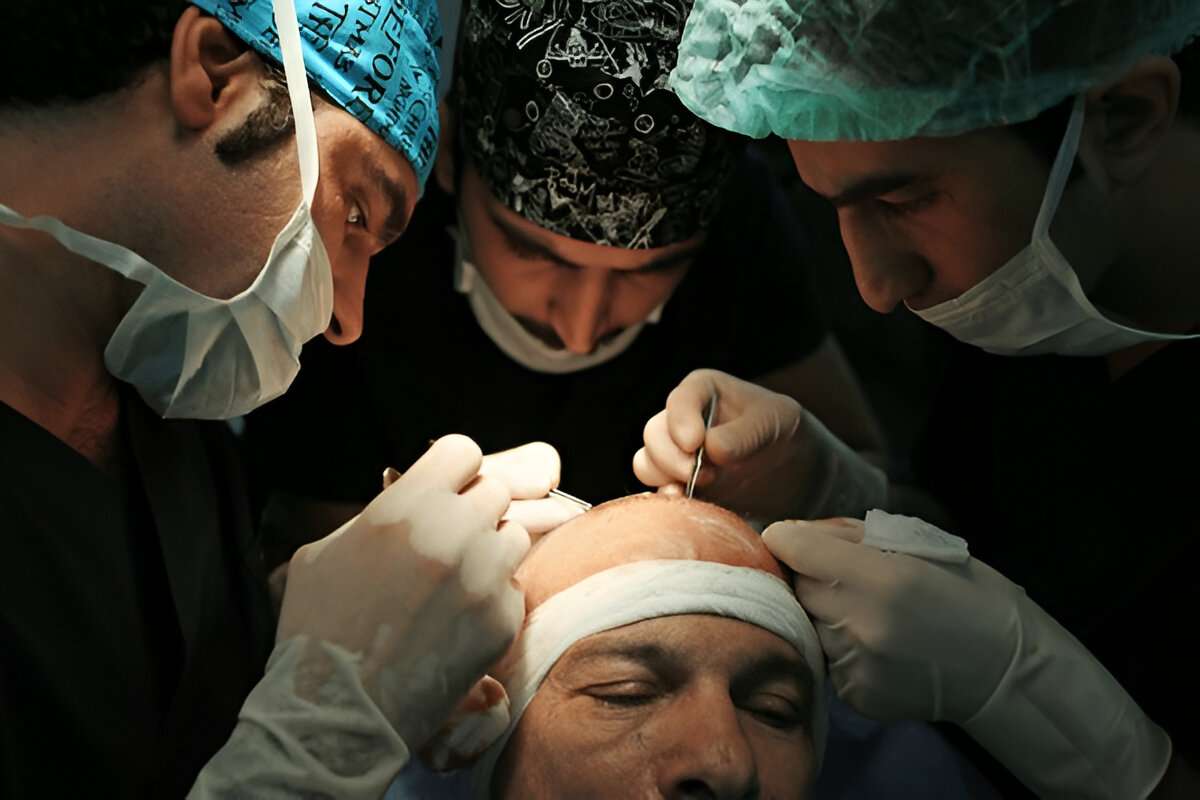Hair restoration has come a long way in recent years, with hair transplant procedures becoming increasingly popular for those seeking to regain their youthful appearance. Alongside traditional techniques like Follicular Unit Extraction (FUE) and Follicular Unit Transplantation (FUT), newer treatments such as Platelet-Rich Plasma (PRP) therapy have emerged to enhance the success of hair transplant UK procedures. In this article, we’ll explore the role of PRP therapy in hair transplant success, how it works, and why it may be a valuable addition to your hair restoration journey.
What is PRP Therapy?
PRP therapy involves using your own blood to promote healing and stimulate hair growth. The procedure begins with drawing a small amount of blood, which is then processed in a centrifuge to separate the platelet-rich plasma from the rest of the blood components. The resulting plasma, rich in growth factors, is then injected into the scalp to encourage hair follicles to become more active and stimulate new growth.
While PRP therapy has been used in various medical fields, its application in hair transplant London clinics is gaining traction due to its ability to enhance the results of hair restoration procedures. When combined with a hair transplant, PRP therapy can help improve hair growth, speed up recovery, and ensure long-lasting results.
How PRP Therapy Enhances Hair Transplant Results
PRP therapy works synergistically with a hair transplant by accelerating the healing process and promoting the growth of transplanted hair follicles. After a hair transplant UK, the newly implanted follicles need time to settle into their new location and begin growing. PRP therapy aids this process by delivering concentrated growth factors directly to the scalp, which helps nourish the transplanted follicles.
Additionally, PRP therapy helps to increase blood circulation to the scalp. This enhanced blood flow allows the hair follicles to receive more oxygen and nutrients, which are vital for their survival and growth. The therapy also encourages the development of new blood vessels, further supporting the transplanted follicles as they begin to integrate into the scalp.
Benefits of PRP Therapy for Hair Transplant Patients
While PRP therapy is not a standalone treatment for hair loss, its benefits in combination with hair transplant procedures are numerous. For those undergoing a hair transplant in London or elsewhere in the hair transplant UK network, PRP therapy can significantly improve the overall outcome.
Accelerated Hair Growth
One of the main benefits of PRP therapy is its ability to stimulate faster hair growth after a hair transplant. The growth factors in the plasma help jumpstart the hair follicles, encouraging them to enter the active growth phase more quickly. As a result, patients may notice faster, fuller results compared to a transplant procedure without PRP therapy.
Enhanced Follicle Health
For a hair transplant in the UK to be successful, the transplanted follicles must be healthy and able to thrive in their new location. PRP therapy promotes a healthier environment for the follicles by enhancing the blood supply to the scalp, providing them with the nutrients and oxygen they need to grow strong and thick.
Reduced Shedding
It’s common for patients to experience some shedding of the transplanted hair within the first few weeks after a hair transplant. While this is a natural part of the process, PRP therapy can help reduce the amount of shedding. The growth factors in PRP therapy support the follicles during the shedding phase, encouraging them to transition into the next phase of hair growth quickly.
Improved Scalp Health
PRP therapy not only supports hair growth but also contributes to the overall health of the scalp. It can help reduce inflammation, prevent scarring, and encourage the healing of any areas that may have been stressed during the transplant procedure. A healthy scalp environment is essential for the success of a hair transplant, and PRP therapy plays a key role in achieving this.
When Should PRP Therapy Be Administered?
PRP therapy is typically administered before and after a hair transplant to optimize the results. Many hair transplant London clinics offer PRP treatments before the transplant to help prepare the scalp and hair follicles for the procedure. This can improve the condition of the scalp and ensure that the follicles are as healthy as possible before they are transplanted.
After the hair transplant UK procedure, PRP therapy is often used to support the healing process and stimulate the growth of the newly transplanted hair. In some cases, patients may undergo a series of PRP treatments over several months to ensure that the hair continues to grow at a healthy rate.
Is PRP Therapy Right for You?
While PRP therapy offers many benefits for hair transplant patients, it’s important to consult with a qualified surgeon to determine if it’s the right treatment for you. PRP therapy is generally safe and well-tolerated, but it may not be suitable for everyone. Those with certain medical conditions, such as blood disorders, may not be ideal candidates for the procedure.
Your surgeon will assess your specific situation and help you decide if PRP therapy is a good complement to your hair transplant procedure. They will also provide a treatment plan tailored to your needs, ensuring the best possible outcome.
Conclusion
PRP therapy plays a vital role in enhancing the success of hair transplant UK procedures. By promoting faster hair growth, improving follicle health, and ensuring a healthy scalp environment, PRP therapy can significantly improve the results of your hair transplant in London. If you’re considering a hair transplant, discuss the potential benefits of adding PRP therapy to your treatment plan with your surgeon. With this combination, you can maximize the success of your hair restoration and enjoy natural-looking, long-lasting results.
Read more: Chemical Peels: Transform Your Skin

